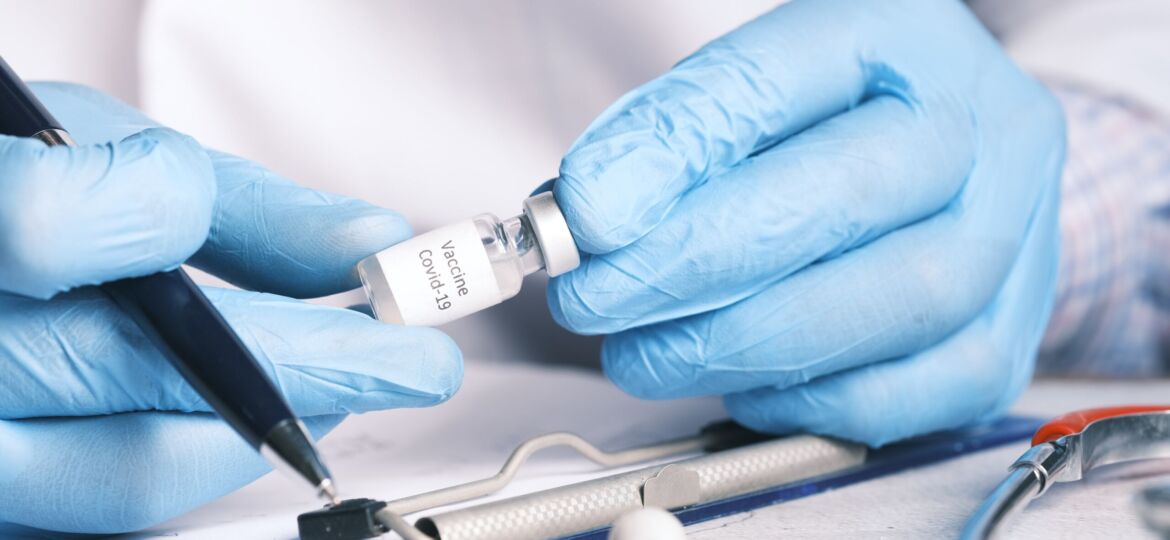
With the nation’s COVID-19 public health emergency directive set to end in May, the pharmacy industry will see at least five changes, according to the American Society of Health-System Pharmacists.

With the nation’s COVID-19 public health emergency directive set to end in May, the pharmacy industry will see at least five changes, according to the American Society of Health-System Pharmacists.

APPLICATIONS ARE OPEN! – Letters of Intent due 9/15/23

How is a charitable pharmacy different from other types of pharmacies?

The Outcomes of Implementing and Integrating Comprehensive Medication Management in Team-Based Care: A Review of the Evidence on Quality, Access and Costs, December 2023
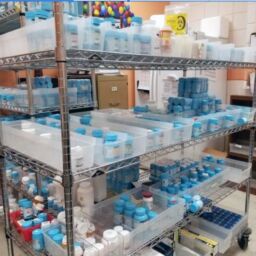
This study represents a rigorous, multi-state evaluation that highlights the impact of a charitable medication access program on hospital utilization for the medically under-served population.

NABP Associate Executive Director Josh Bolin on DSCSA compliance prior to FDA moving compliance deadline.
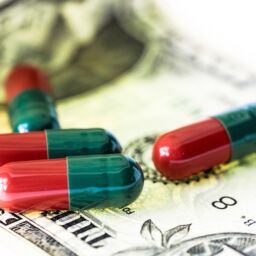
Uninsured adults and those in worse health continue to report higher rates of not getting care due to costs
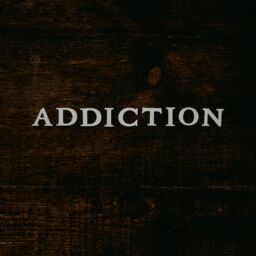
Three Healthcare Organizations Join Forces to Save Lives
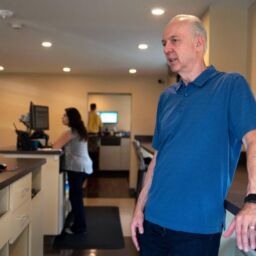
‘Unbelievably good price’: KC-area pharmacy dispenses bargain medicine — and hope Go to article
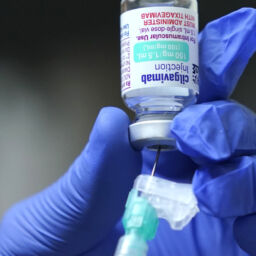
How a ‘weighted lottery’ helped underserved patients get a scarce Covid drug
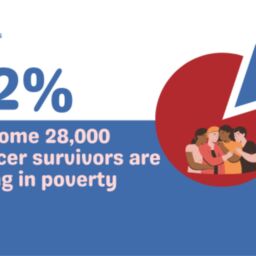
An opportunity for charitable pharmacies to collaborate with oncology practices for non-oncology medications during and after treatment.

An opportunity for charitable pharmacies to collaborate with oncology practices for non-oncology medications during and after treatment.

Healthy People 2030 Leveraging Healthy People to Advance Health Equity Health equity is the attainment of the highest level of health for all people. “Eliminate health disparities, achieve health equity, and attain health literacy to improve the health and well-being of all.”

Branson MO: My Neighbor’s Charitable Pharmacy (NCP) will open its doors at 1232 Branson Hills Parkway February of 2023

Recent federal legislative and regulatory updates in managed care pharmacy have prioritized topics ranging from expedited access to novel therapeutics to the health disparities and equity concerns affecting patient populations nationwide, but progress on these developments will depend on the impact of the midterm elections

